Measuring What Truly Matters in Our Children’s Education
The numbers came out again this month: 17% proficiency for Black and African American students in English/Language Arts, compared to 67% for white students. These statistics will shape conversations in boardrooms, staff meetings, and family dinner tables across Portland. But what if we’re asking the wrong questions about what these numbers actually tell us?
I want to share a different perspective on assessment—one grounded in both educational research and the lived experiences of our children. Because
understanding what we’re measuring, and what we’re missing, is the first step toward transformation.
Understanding What Tests Actually Measure
The Oregon Statewide Assessment System (OSAS) that produces these proficiency rates is what educators call a criterion-referenced test. Developed by the Smarter Balanced Assessment Consortium, it measures student performance against specific Oregon learning standards.
But here’s what’s important to understand: standardized assessments measure a very specific type of knowledge under very specific conditions. Research from the National Center for Fair & Open Testing shows that standardized test scores correlate more strongly with family income and parental education than with actual student learning and potential.
This doesn’t make our children less capable. It means we’re using a limited measurement tool to draw sweeping conclusions about unlimited human potential.
The Power of Street Data: A Different Way to See
In her transformative book, Street Data: A Next-Generation Model for Equity, Pedagogy, and School Transformation, Dr. Shane Safir introduces a powerful framework. She distinguishes between “satellite data”—the high-altitude, distant view from standardized tests—and “street data”—the qualitative, experiential information we gather at eye level with our students.
Dr. Safir writes: “Satellite data gives us a 10,000-foot view, but it can’t tell us why students are struggling or what they need to thrive.”
Let me share what street-level observations reveal in Portland classrooms:
I’ve witnessed a fifth-grader masterfully navigate complex social situations, demonstrating emotional intelligence and conflict resolution skills that will serve them throughout life. I’ve watched students seamlessly code-switch between languages and cultural contexts—a sophisticated cognitive skill that reflects deep learning. I’ve seen children create compelling digital narratives, showing creativity and technical literacy that speaks to their generation.
None of this shows up in the 17% proficiency rate. But all of it matters for their future.
What the Testing Process Actually Looks Like
To truly understand assessment data, we need to understand the testing experience itself. For the OSAS English/Language Arts assessment, students typically spend 4-5 hours across multiple sessions answering questions designed to measure reading comprehension, writing ability, and language skills.
But the testing environment includes variables that significantly impact results:
● Students take tests on different days and times, under varying emotional and physical conditions
● Testing happens regardless of recent trauma, food security, housing stability, or access to healthcare
● The cultural context of test questions may reflect experiences unfamiliar to many students of color
● Time constraints may advantage students with certain types of processing speeds over others
Understanding these factors doesn’t excuse low performance—it helps us see the complete picture of what we’re measuring and what we’re missing.
Learning from the Marathon: Building Sustainable Excellence
Nipsey Hussle taught us that “The Marathon Continues”—and his Marathon Brand philosophy offers profound insights for education. Nipsey didn’t measure success solely by comparing himself to others. He measured it by: jobs created in his community, ownership transferred to his people, knowledge shared across generations, and long-term impact on the neighborhood he loved.
This approach to measurement—focusing on growth, community impact, and sustained development—offers a model for how we might think about educational success.
● How students’ sense of belonging grows over time
● The depth of relationships between students and caring adults
● Students’ ability to see themselves reflected in what they’re learning
● The development of critical thinking, creativity, and problem-solving skills
● Growth in cultural knowledge and multilingual abilities
These aren’t “soft” measures—they’re indicators of the skills that actually predict long-term success, well-being, and contribution to community.
Our Policy Foundation: Building on Equity Commitments
Portland Public Schools Racial Educational Equity Policy 2.10.010-P provides a strong foundation. It states:
“The District shall remedy the practices, including assessment, that lead to the over-representation of students of color in areas such as special education and discipline, and the under-representation in programs such as talented and gifted and Advanced Placement.”
This policy acknowledges a crucial point: assessment practices themselves can perpetuate inequity. The question before us isn’t whether to eliminate assessment—it’s how to develop assessment practices that reveal rather than obscure our children’s capabilities.
What Research Tells Us About Effective Assessment
Dr. Safir’s research, along with decades of educational scholarship, points us toward “assessment for learning” rather than just “assessment of learning.” This approach includes:
Formative Assessment: Regular, low-stakes checks for understanding that help teachers adjust instruction in real-time. When teachers have adequate planning time—like the 440 minutes weekly that Portland Association of Teachers (PAT) negotiated for—they can develop these responsive assessment practices.
Culturally Responsive Assessment: Evaluation methods that honor diverse ways of knowing, multiple forms of expression, and the cultural knowledge students bring to their learning.
Student-Centered Assessment: Approaches that help students understand their own growth, set meaningful goals, and develop self-assessment skills that serve them throughout life.
Community-Based Assessment: Methods that involve families and communities in understanding and celebrating student learning.
Moving Forward: Questions That Lead to Solutions
Instead of asking “Why aren’t Black children achieving?” we can ask:
● What barriers exist in our system that prevent Black children from demonstrating the brilliance they already possess?
● How can we create assessment systems that reveal rather than obscure student capabilities?
● What would it look like to measure the skills that actually predict long-term success and well-being?
● How can families and communities be partners in defining and assessing meaningful learning?
These questions open up possibilities. They shift us from deficit thinking to asset-based approaches. They position our children as capable and our systems as the variables we need to adjust.
Practical Steps for Families and Educators
For Families: Understanding your rights and options empowers informed decision-making. Oregon law (ORS 329.479) allows families to opt children out of state assessments while requesting alternative learning activities. Many families find it valuable to:
● Ask teachers about multiple forms of assessment used in the classroom
● Request regular updates on student growth using various measures
● Share observations about your child’s learning strengths and interests
● Connect with other families through parent networks to share insights and strategies
For Educators: Professional growth comes from reflecting on our assessment practices:
● Document the full range of student capabilities you observe daily
● Explore culturally responsive assessment strategies through professional learning
● Use planning time to develop formative assessments that inform instruction
● Connect with colleagues to share effective assessment practices
● Engage with resources like Dr. Safir’s work to deepen understanding
For Community Members: Informed advocacy strengthens our schools:
● Attend school board meetings to learn about assessment policies and practices
● Ask questions about how multiple measures are used to understand student learning
● Support initiatives that provide educators with time and resources for effective assessment
● Celebrate the diverse forms of excellence you see in our children
The 16th Annual Teaching With Purpose Conference
On October 10, 2025, we’re gathering to explore these very questions. Dr. Kimberlee Armstrong, Portland’s Superintendent, will share PPS’s vision for more comprehensive approaches to understanding student learning. Blacc Sam, representing the Marathon Brand and Nipsey Hussle’s legacy, will connect community ownership to educational excellence.
Our workshops will focus on:
● Mental health literacy and assessment
● Economic and technology literacy
● Restorative practices that honor student dignity
● Community school approaches that engage families as partners
● Assessment practices that reveal student brilliance
This isn’t just a conference—it’s a community coming together to envision and create the educational experiences our children deserve.
The 17% proficiency rate tells us something important: our current measurement systems are insufficient for capturing what our children know and can do. This isn’t a reflection of student capacity—it’s a call to develop better ways of seeing, understanding, and supporting our children’s learning.
Our children possess remarkable capabilities:
● Emotional and social intelligence that helps them navigate complex situations
● Cultural knowledge and multilingual abilities that reflect sophisticated cognitive development
● Creative and critical thinking skills demonstrated in how they engage with their world
● Resilience and strategic thinking developed through their lived experiences
The question isn’t whether our children can learn and achieve. The question is whether we can develop systems of assessment that reveal and nurture the brilliance that’s already there.
Dr. Safir reminds us: “When we listen closely to street data—the voices, experiences, and wisdom of students and families—we discover solutions that satellite data could never reveal.”
This is our opportunity. To move from a narrow focus on test scores to a comprehensive understanding of student growth and potential. To build on the strong foundation of our equity policies. To honor the wisdom in our communities. To create assessment systems worthy of our children’s brilliance.
The marathon continues. And we’re running it together, measuring what truly matters, celebrating every form of excellence, and building the educational experiences our children deserve.
Join us on October 10th at Benson Polytechnic High School. Together, we’re not just talking about change—we’re building it.
For more information and to register for the 16th Annual Teaching With Purpose Conference, visit teachingwithpurpose.org.
Karanja Crews is the founder of Teaching With Purpose, an organization dedicated to advancing educational equity through culturally relevant pedagogy and community engagement. A retired Portland educator, he continues to work with families, educators, and communities to create learning environments where all children can demonstrate their brilliance. For questions or to connect: info@teachingwithpurposeconference.com
Share this content:
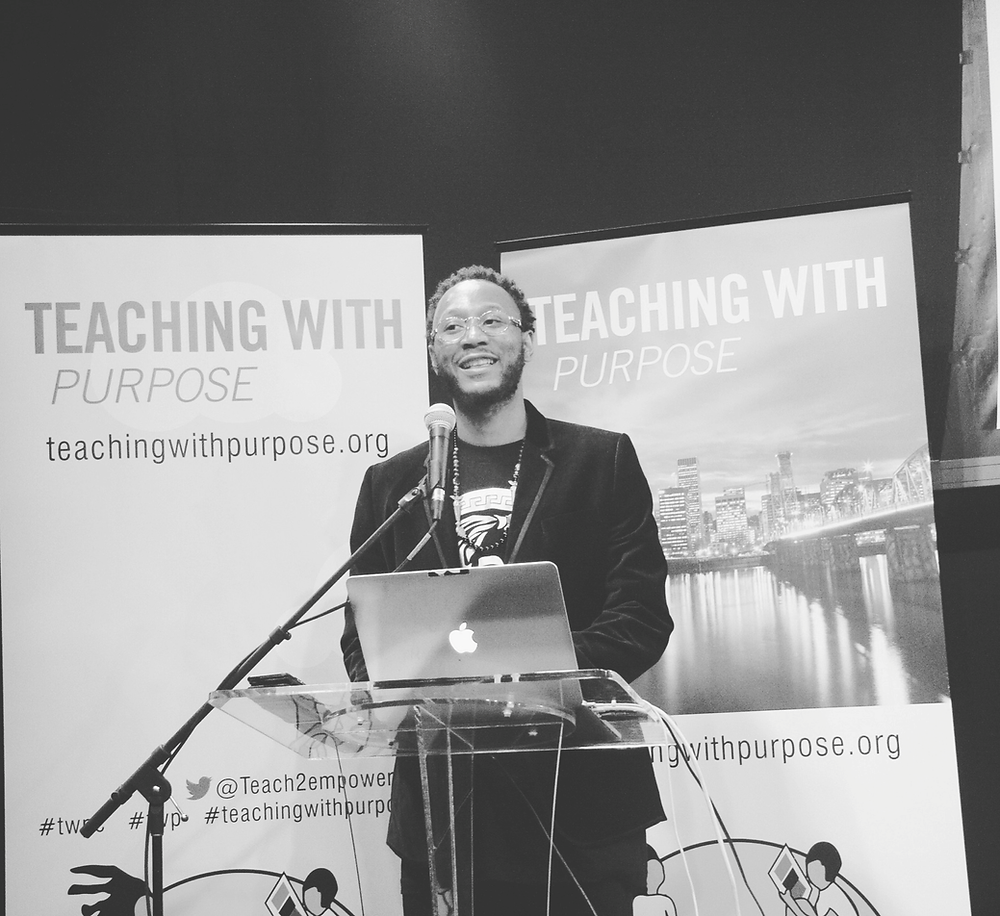

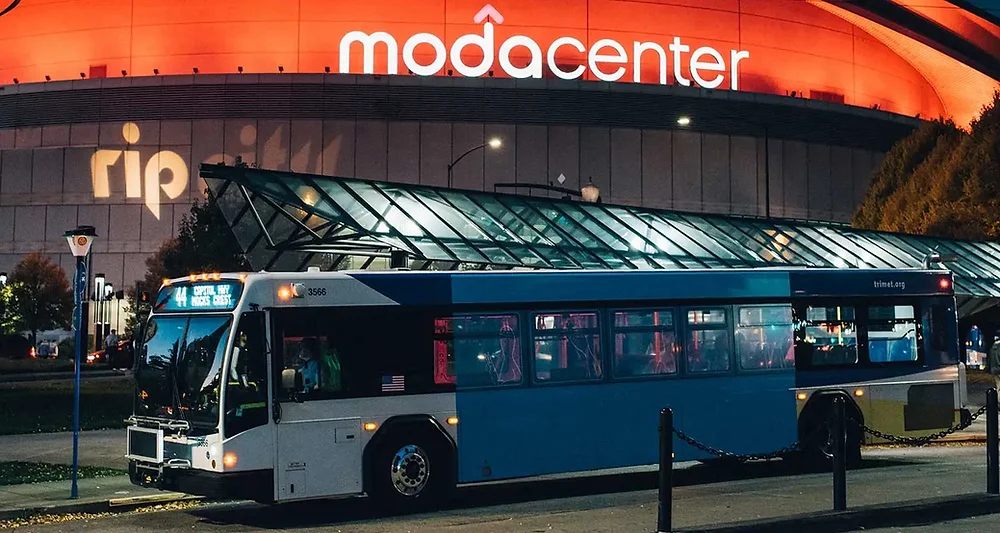


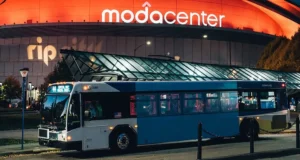



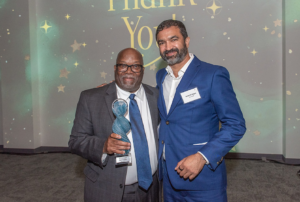

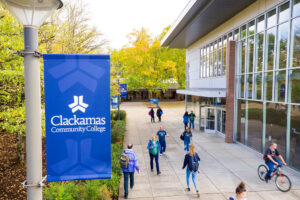
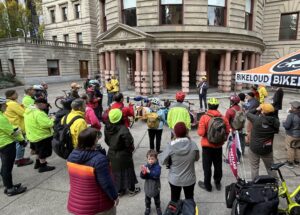
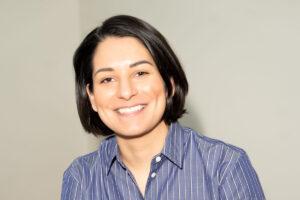

Post Comment